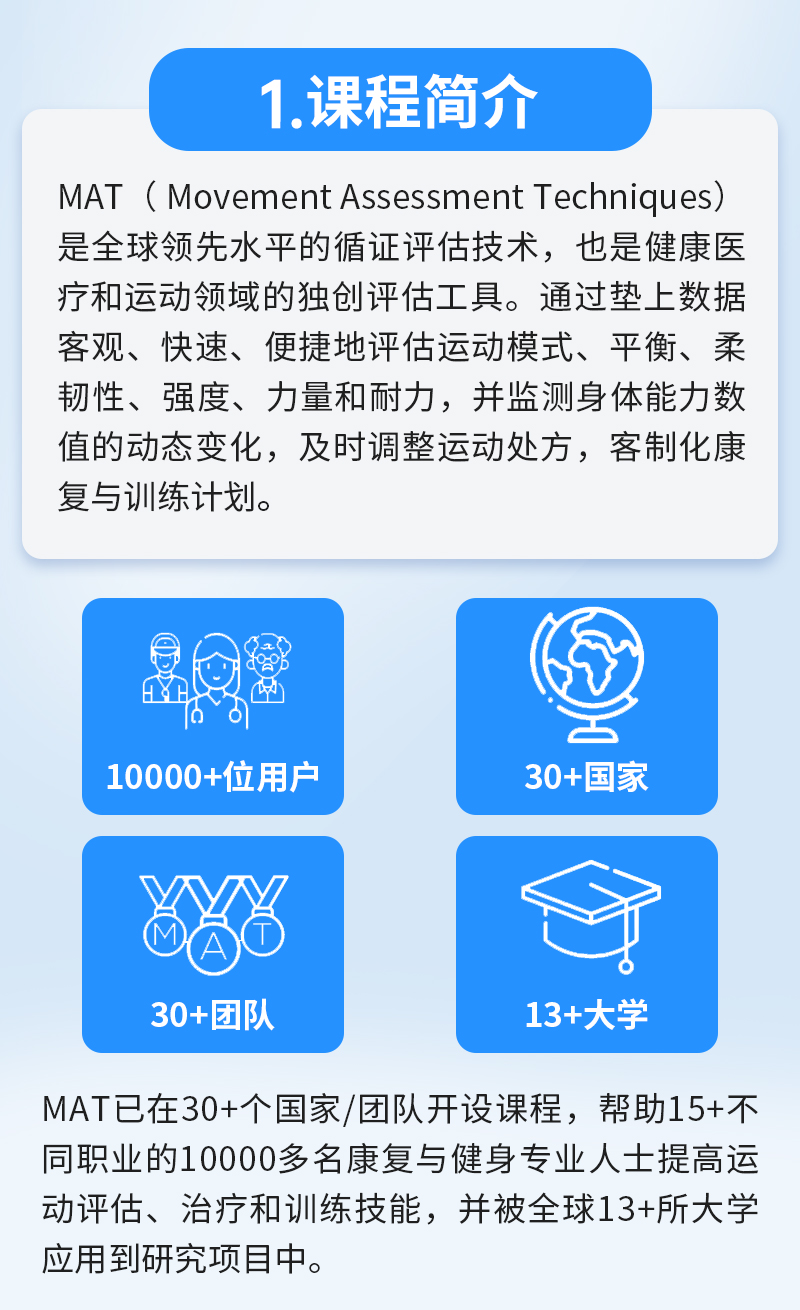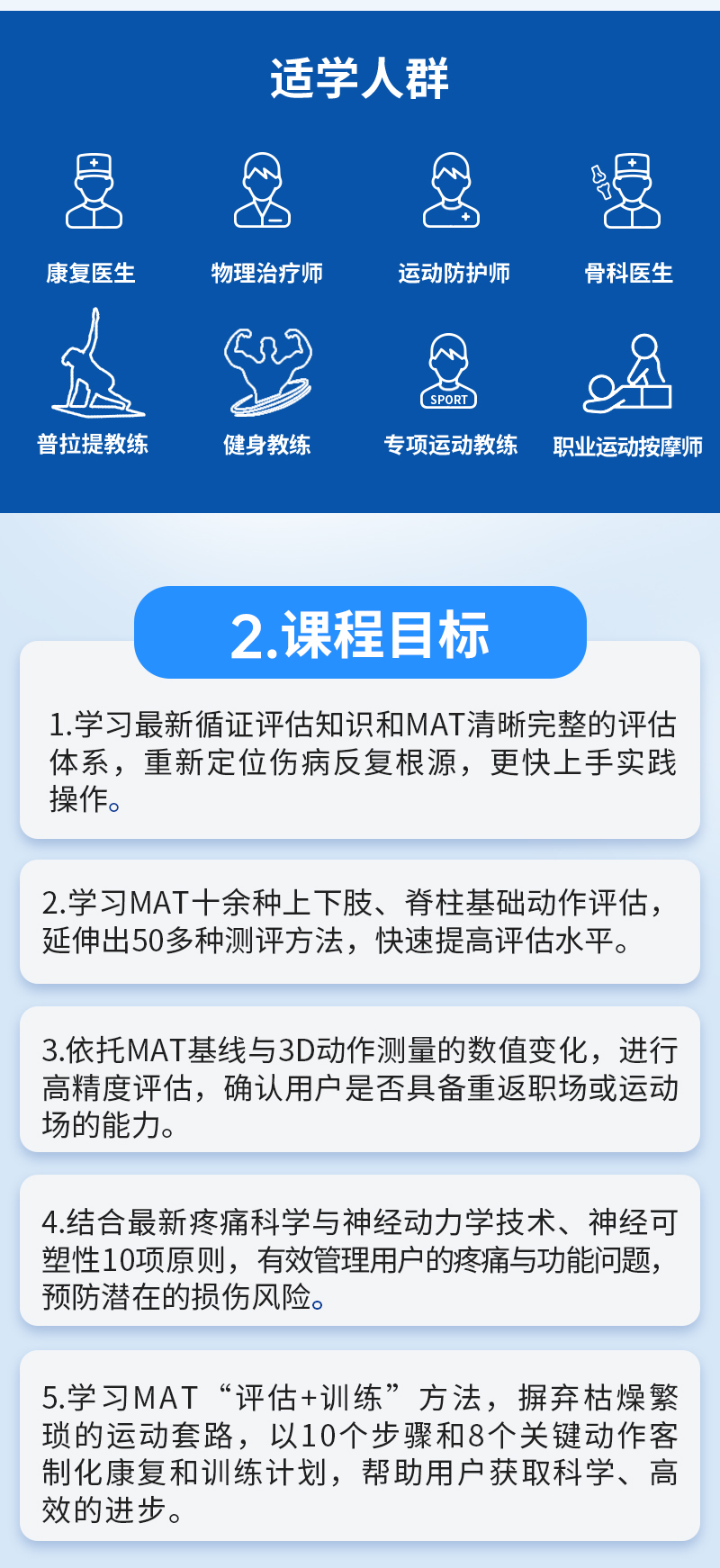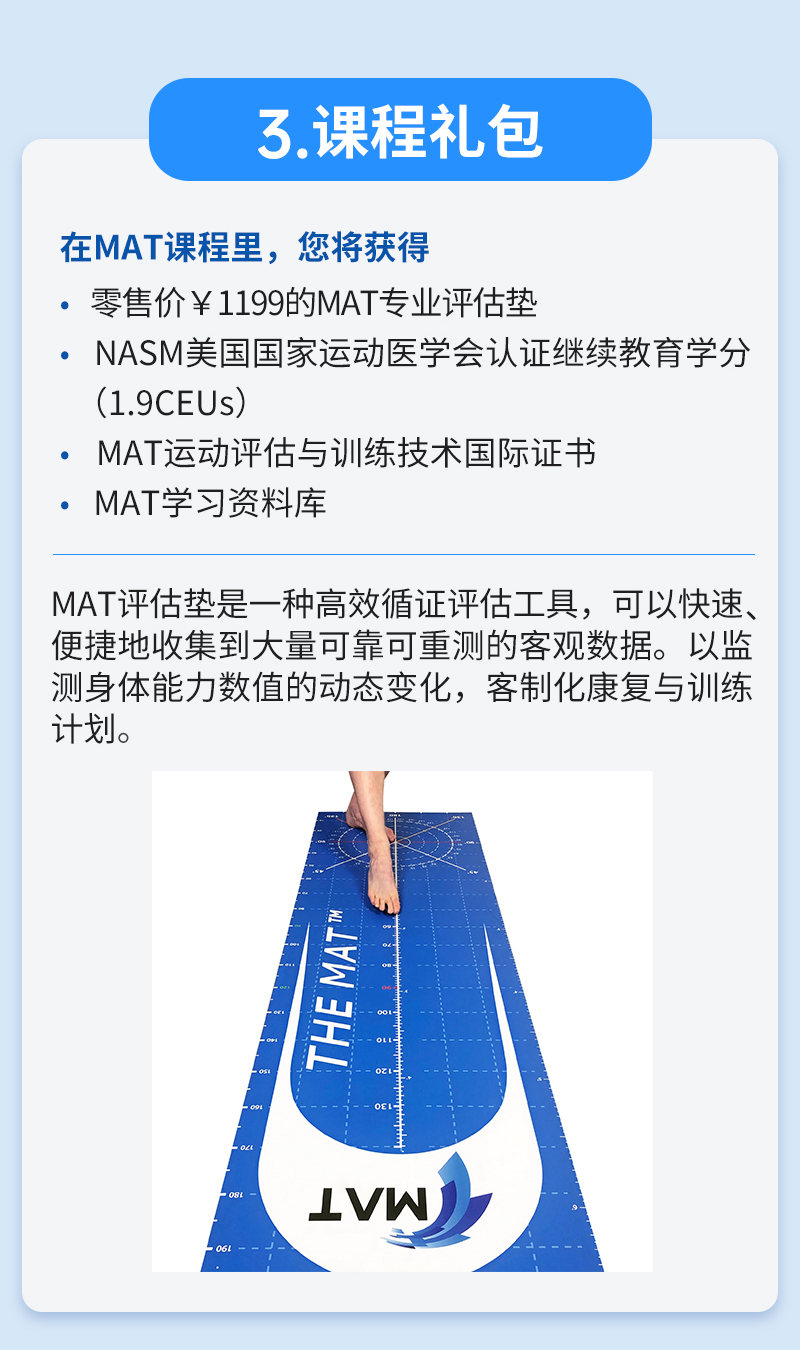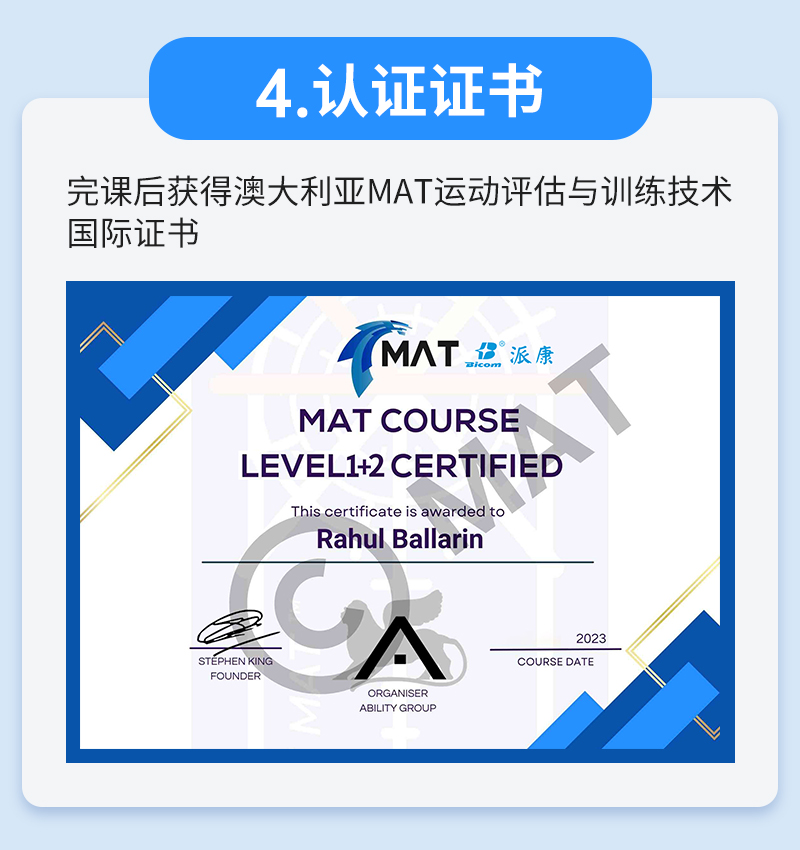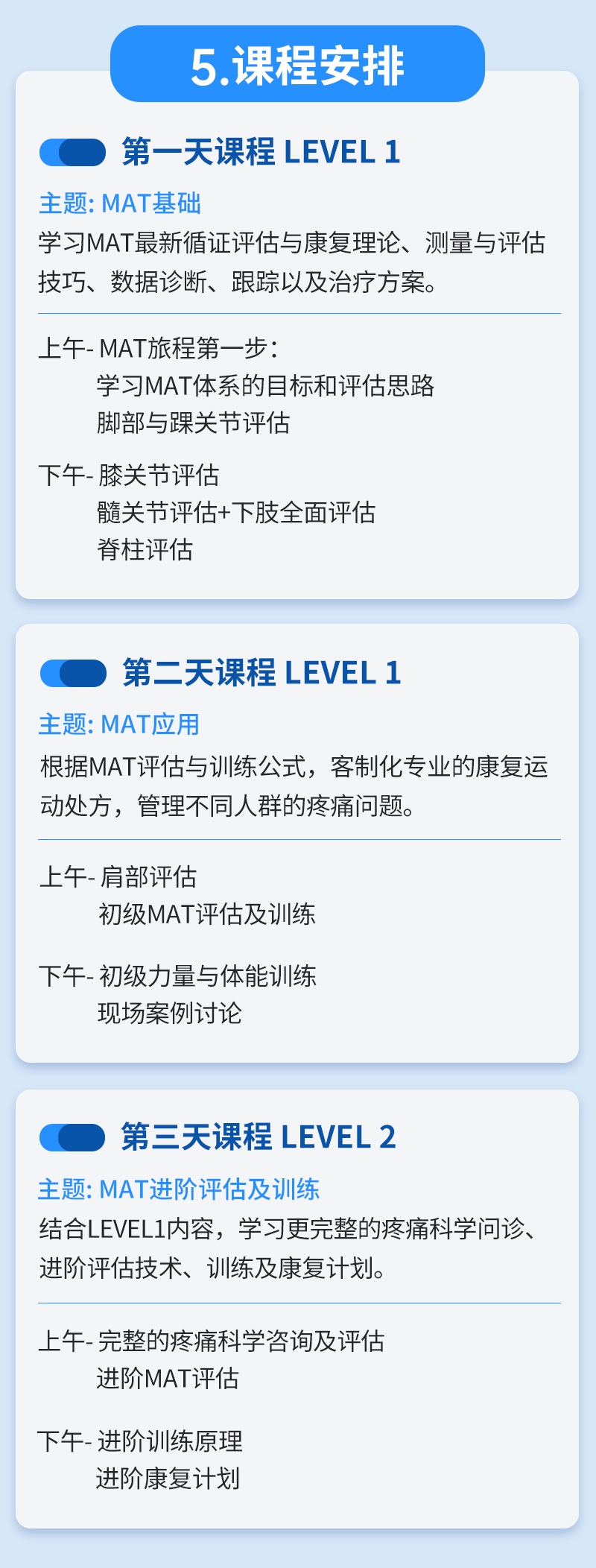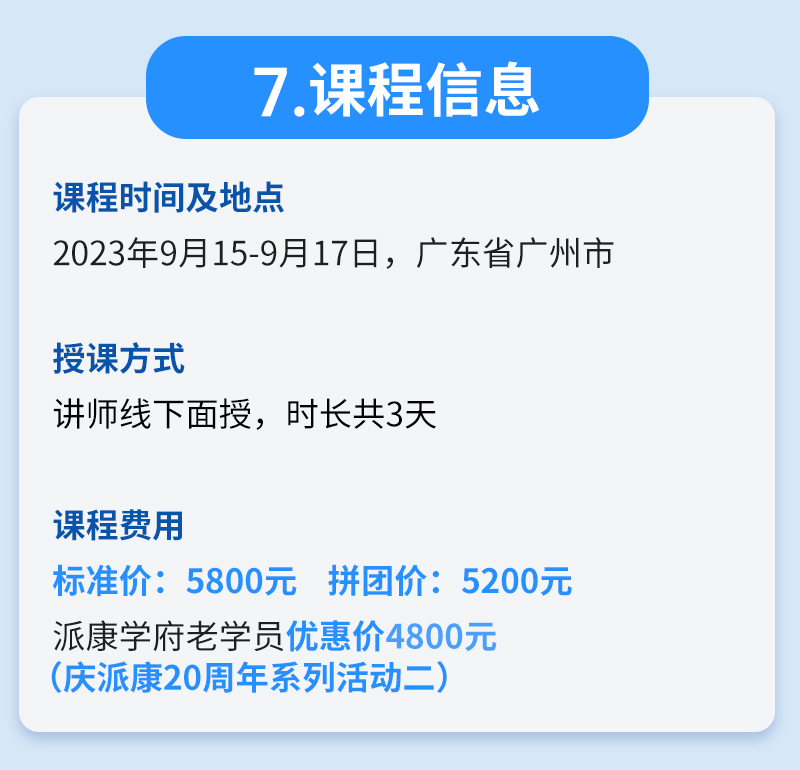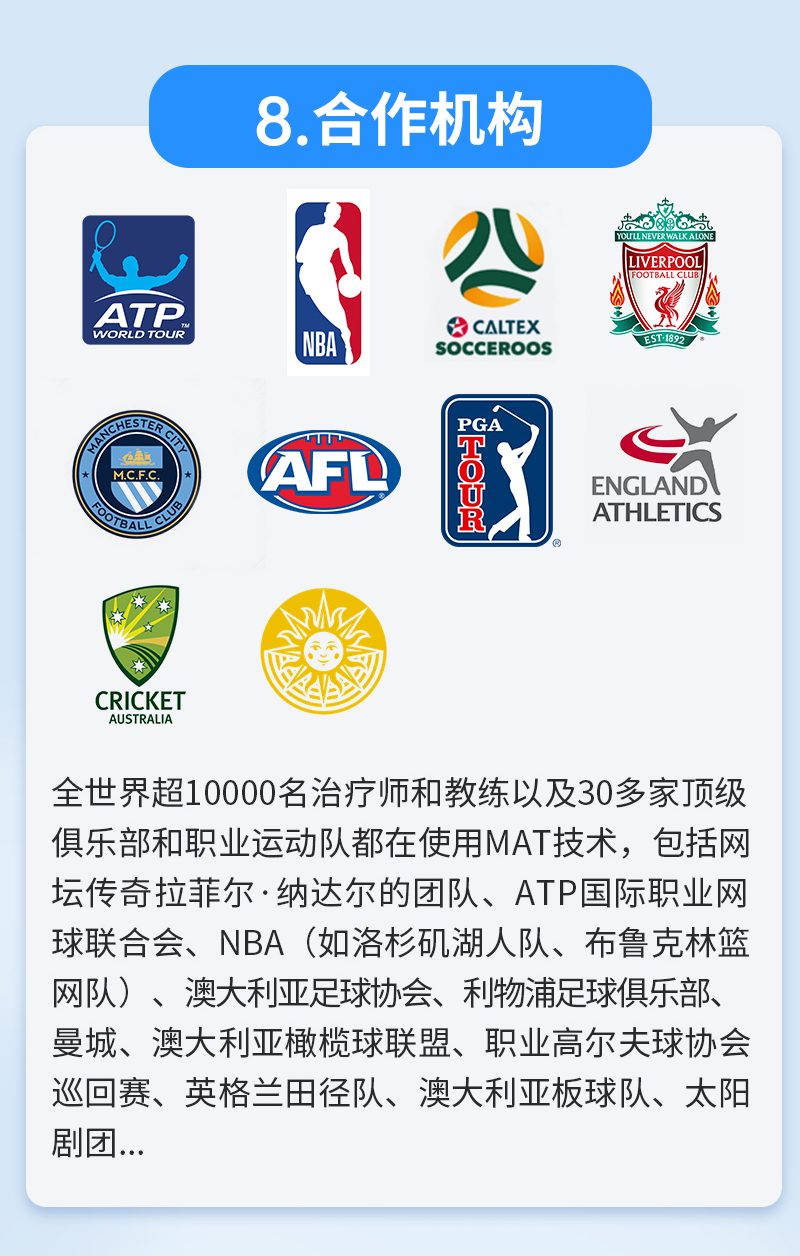脊椎骨科測(cè)試:骶髂關(guān)節(jié)壓縮測(cè)試(Sacroiliac Compression Test)
1. Maigne, J. Y., Aivaliklis, A., & Pfefer, F. (2008). Results of sacroiliac joint double block and value of sacroiliac pain provocation tests in 54 patients with low back pain. Spine, 33(11), 1231-1237.
2.Schwarzer, A. C., Aprill, C. N., & Bogduk, N. (1995). The sacroiliac joint in chronic low back pain. Spine, 20(1), 31-37.
3.Laslett, M., Young, S. B., Aprill, C. N., & McDonald, B. (2003). Diagnosing painful sacroiliac joints: A validity study of a McKenzie evaluation and sacroiliac provocation tests. Australian Journal of Physiotherapy, 49(2), 89-97.
4.Szadek, K. M., van der Wurff, P., van Tulder, M. W., Zuurmond, W. W., & Perez, R. S. (2009). Diagnostic validity of criteria for sacroiliac joint pain: A systematic review. Journal of Pain, 10(4), 354-368.
脊椎骨科測(cè)試:骶髂分離測(cè)試(Sacroiliac Distraction Test)
1.Laslett M, Williams M. The reliability of selected pain provocation tests for sacroiliac joint pathology. Spine (Phila Pa 1976). 1994;19(11):1243-1249.
2.Sembrano JN, Polly DW Jr. How often is low back pain not coming from the back? Spine (Phila Pa 1976). 2009;34(1):E27-E32.
3.Laslett M, et al. Systematic review of sacroiliac joint tests: a poor state of affairs. Man Ther. 2009;14(5):E28-E35.
4.Laslett M, et al. Diagnosing painful sacroiliac joints: a validity study of a McKenzie evaluation and sacroiliac provocation tests. Aust J Physiother. 2003;49(2):89-97.
5.Laslett M, et al. Evidence-based diagnosis and treatment of the painful sacroiliac joint. J Man Manip Ther. 2008;16(3):142-152.
6.Laslett M, et al. BMJ Open. 2016;6:e010368. Systematic review of sacroiliac joint tests for diagnosing sacroiliac joint dysfunction.
脊椎骨科測(cè)試:麥肯齊側(cè)滑測(cè)試(McKenzie Side Glide Test)
1.McKenzie R. The Lumbar Spine: Mechanical Diagnosis & Therapy. Spinal Publications, 1981.
2.Machado LA, de Souza Mv, Ferreira PH, Ferreira ML. The McKenzie method for low back pain: a systematic review of the literature with a meta-analysis approach. Spine, 2006; 31(9): E254-262.
3.Clare HA, Adams R, Maher CG. A systematic review of efficacy of McKenzie therapy for spinal pain. Australian Journal of Physiotherapy, 2004; 50(4): 209-216.
4.May S, Aina A. Centralization and directional preference: a systematic review. Manual Therapy, 2012; 17(6): 497-506.
5.Petersen T, Kryger P, Ekdahl C, Olsen S, Jacobsen S. The effect of McKenzie therapy as compared with that of intensive strengthening training for the treatment of patients with subacute or chronic low back pain: a randomized controlled trial. Spine, 2002; 27(17): 1702-1709.
6.Werneke MW, Hart DL, Cook D. A descriptive study of the centralization phenomenon. A prospective analysis. Spine, 1999; 24(7): 676-683.
髖關(guān)節(jié)骨科測(cè)試:杠桿測(cè)試(Fulcrum Test)
*Martin, R. L., Enseki, K. R., Draovitch, P., Trapuzzano, T., & Philippon, M. J. (2008). Acetabular labral tears of the hip: examination and diagnostic challenges. Journal of orthopaedic &
膝關(guān)節(jié)骨科測(cè)試:轉(zhuǎn)動(dòng)位移(Pivot Shift)
1.Magee, D. J. (2014). Orthopedic Physical Assessment (6th ed.). Saunders.
2.Noyes, F. R., & Barber-Westin, S. D. (2012). The treatment of acute combined ruptures of the anterior cruciate and medial collateral ligaments of the knee. The American journal of sports medicine, 40(7), 1558-1564.
3.van der List, J. P., & DiFelice, G. S. (2017). Range of motion and complications following primary repair versus reconstruction of the anterior cruciate ligament: a meta-analysis. Knee Surgery, Sports Traumatology, Arthroscopy, 25(2), 540-551.
4.American Academy of Orthopaedic Surgeons. (2014). OrthoInfo: Pivot Shift Test of the Knee. Available at: https://orthoinfo.aaos.org/en/diseases--conditions/pivot-shift-test-of-the-knee/
踝關(guān)節(jié)柔軟度測(cè)試:負(fù)重前傾測(cè)試(Weight-Bearing Lunge Test����,簡(jiǎn)稱WBLT)
1.The subject is standing on The MAT
2.The foot is placed on the MAT star with the foot behind the red line with the centre of the calcaneus and 2nd digit on the sagittal plane line.
3.The subject drives knee anteriorly until maximum dorsiflexion is reached with the heel in contact with the ground and the 2m folding ruler is placed with the flat side (not stepped wider side) touching the knee and the measurement line on the MAT.
4.Measurement of the tibial shaft angle can also be calculated using an inclinometer.


